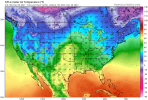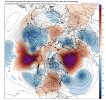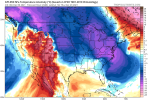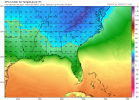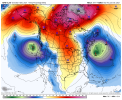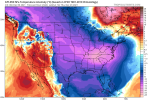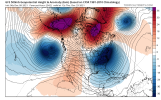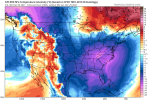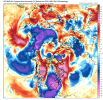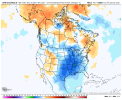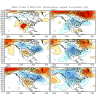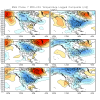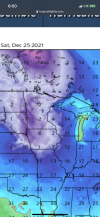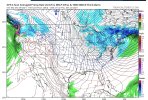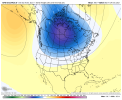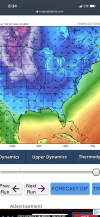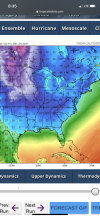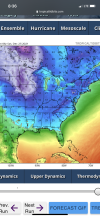To add further to my post above - taking a look at the upper PV, you can see the evolution of the PV in the 17th - 22nd time frame. As mentioned higher heights build at 10mb over Russia and the 3100/3120 geopotential height meanders around the North Pacific causing the PV to elongate and the core shifting to the south and east a tad pushing lower heights into the Continental US at 10mb. Even though, the coldest layers wouldn't propagate downward to the surface (likely not) from the upper PV, but lower heights I think would still be east of the Rockies in the lower stratosphere at 500mb due to enhancement from the lower heights above the 500mb layer from the upper PV and blocking in NAO/AO regions. In my opinion, the ridge we've been seeing east of the Rockies will eventually no longer exist on upcoming model runs and or vorticites of air from the ridge may force into the higher latitudes across the NAO region.

